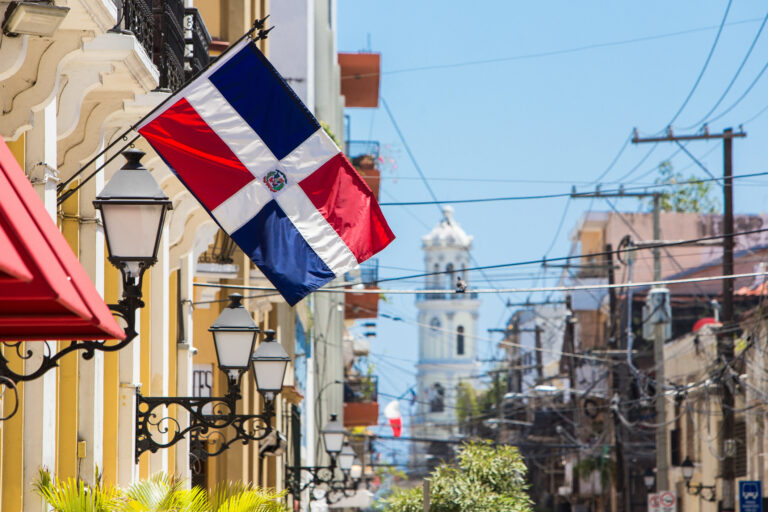Of course, ignoring the largest continuing protest in American history has become the status quo for most news sources, but this year many seemed to go out of their way to get things wrong.
Vol. 12/No. 4
My wife has a sort of faux-award that she occasionally bestows, called the “Golden Eyeball Award.” It is presented to people who, for some reason or another, inexplicably miss seeing something that is sitting directly in front of them.
If anyone deserves this award this year, it is some members of our American media community, who can consistently be counted on to miss the glaringly obvious when it comes to the annual March for Life. Of course, ignoring the largest continuing protest in American history has become the status quo for most news sources, but this year many seemed to go out of their way to get things wrong.
Take, for instance, Rick Sanchez of CNN (who, to his credit, actually reported on the March). Sanchez was inexplicably unsure as to who was more numerous at the March: pro-lifers or pro-choicers. In a YouTube clip since made infamous by bloggers, Sanchez squints ceremoniously at his monitor while insisting that, “as you might imagine, there are both sides being represented today.” As images of thousands of pro-life protesters stream across the screen right in front of him, he reassuring his viewers that “we’re going to keep an eye on these for you because we want to make sure we report it fairly and squarely” (in the end, he deduces that there seem to be more pro-lifers. Good work, Sherlock).
As someone who attended the March personally, I know from experience that pro-choice protesters are rare to nonexistent. While sources disagree on the number of pro-life attendees, we all agree that there are more of us than whatever handful of pro-choice protesters bother to show up to counter us.
The media also seemed obsessed this year with proving that the pro-life movement was aging ungracefully, and that it was not attracting young people, especially women, to its ranks. According to Krista Gesaman of Newsweek, there were few young women to be found at the March, since most of them are more inclined to stay home and blog.
“Where are the young, vibrant women supporting their pro-life or pro-choice positions?” she asks. “Likely, they’re at home.” She goes on to quote a DC police department official as stating that “a majority of the participants are in their 60s and were the original pioneers either for or against the case.”
My advice to Krista? Get out of your office and out onto the streets of DC. The truth may surprise you.
For her part, our reliably antagonistic foe Cristina Page goes a step further. In a piece picked up the Huffington Post she says that the anniversary of Roe v. Wade is “yet another day to observe the pro-life movement’s riveting mid-life crisis.” Incredibly, she says that the pro-life establishment’s “relentless allegiance to ‘ideals’” has led to a “newly emergent, progressive pro-lifer,” who is, somehow, “a far more threatening development to the traditional pro-life establishment than anything NARAL or Planned Parenthood could have dreamed up.” This emerging pro-lifer, according to Page, has far more in common with the pro-abortion left than he/she has with the traditional pro-life establishment. Morals and values, she insists, are a game for the oldsters. And the oldsters are dying out.
Not only are these assumptions deeply insulting, they just aren’t true. Those who actually attend the March (like me, and countless other bloggers and news writers), have all noticed the same trend: the March is getting younger every year.
Not only that, but it is growing in size, and its ethnic diversity is increasing. In fact, the pro-life movement as a whole has all the appearances of a movement that is gaining momentum, not losing it. Our leaders also seem to be having smashing success in communicating their values to the younger generation, because the younger generation is turning out in droves (click here to see PRI’s 2008 YouTube video on this very topic).
And why shouldn’t this movement speak to the young? Today’s youth are the survivors, the ones who made it past the slaughter. They are the lucky ones. For people like Cristina Page, born while abortion was illegal, the issue is about women’s rights and reproductive health. For the young, it is about life and death.
So long as there is a movement that advocates the killing of its young, it will inevitably lose in the long run. The pro-life effort is solid because it is self-sustaining—while the pro-choice movement is not. When people like Cristina Page accuse us of being old or out-of-touch, this speaks more to their own jaundiced ideologies than anything else. When when a movement has no future and no hope, it’s hard to see past the despair and the darkness.
The pro-choice movement is akin to the dwarfs in C.S. Lewis’s The Last Battle—so attached to their own cynicism that they absolutely refuse to be “taken in.” Even by the facts.
Colin Mason is the Director of Media Production at Population Research Institute.






